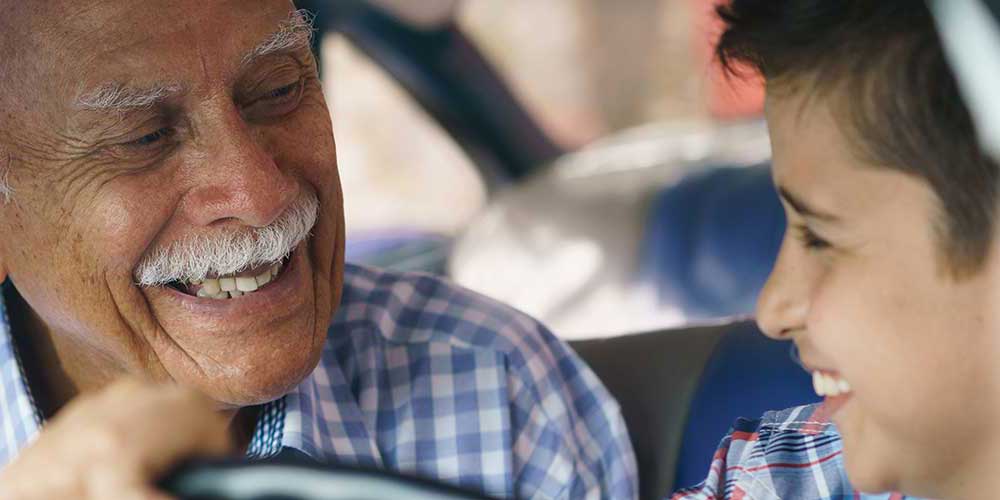By Robert Tate Automotive Historian and Researcher
Images courtesy of the National Automotive History Collection and Various Websites
Published 10.16.2019
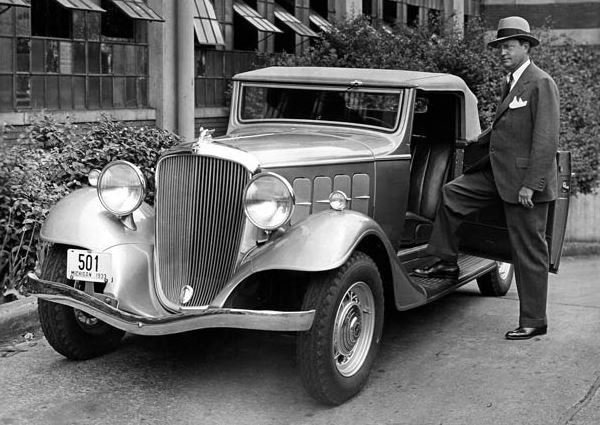 Roy Chapin standing next to a 1933 Hudson
Roy Chapin standing next to a 1933 Hudson
Roy Dikeman Chapin Sr. was born in Lansing Michigan on February 23, 1880. He grew up in Lansing and later attended the University of Michigan. His career started out working for Ransom E. Olds, getting paid $35 a month to take publicity photographs and file gear mechanical parts.
In 1901, Olds asked Chapin to drive one of his Curved Dash Oldsmobiles to New York City for the second annual Auto Show in 1901. The 820-mile trip took seven days to complete, and poor roads were the biggest hazard to overcome. However, the trip brought much fame and recognition to the “Merry Oldsmobile” motorcar, which was priced at $650. Many automobile historians said that Chapin became the industry’s sparkplug for the good roads movement beginning with his campaign in 1904, when there were less than 200,000 miles of surface roads in the nation. Chapin also spearheaded the drive to build the Lincoln Highway, along with Henry B. Joy of the Packard Motor Car Company.
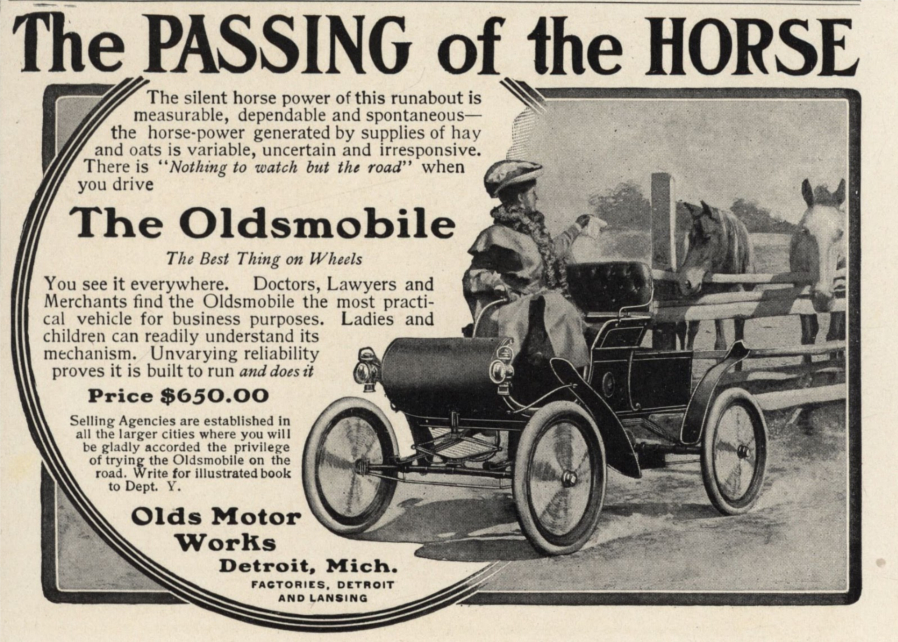 An early Oldsmobile ad circa 1900s
An early Oldsmobile ad circa 1900s
Chapin proved to be a good salesman and served with the Olds Motor Works until April 1906. He later helped found the Thomas-Detroit Company and Chalmers-Detroit Company, along with seven others. As his career continued, he demonstrated great leadership skills, an imaginative mind and, most importantly, an eye for business.
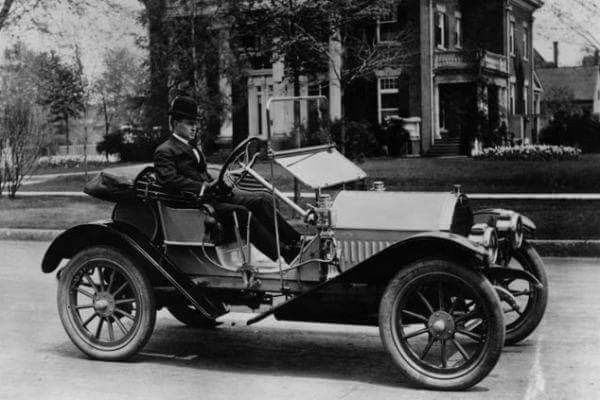 An early Hudson Automobile
An early Hudson Automobile
In 1909, the Hudson Motor Car Company was established with associates of the Chalmers Company as principal stockholders. In 1910, Chapin sold his interest in the Chalmers Company and took control of the Hudson Company and later became its president. He was also behind the 1918 formation of the Essex Motors Company.
Chapin suggested that the site chosen for the Hudson automobile plant would become a 22-acre location diagonally across Jefferson Ave from the Chalmers plant in Detroit. It cost $48,400 and the factory would cost another $500,000 dollars however the Hudson Motor Car company was doing very well in sales in 1910. The ground braking took place in early May. It should also be noted that the Hudson building was designed by the well-known architectural firm- Mr. Albert Kahn.
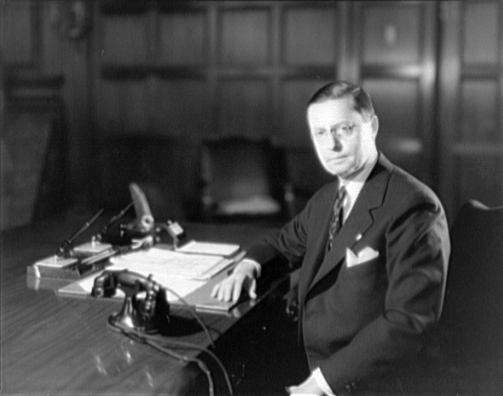 Roy D. Chapin at desk at the Hudson Motor Car Company
Roy D. Chapin at desk at the Hudson Motor Car Company
In 1932, Chapin continued supporting the good roads movement as chairman of numerous highway associations and served as Secretary of Commerce under President Herbert Hoover that same year. It should be noted that Chapin was the first automobile executive to serve on a president’s cabinet. At the close of the Hoover administration, Chapin returned to the presidency of Hudson until his death in 1936.
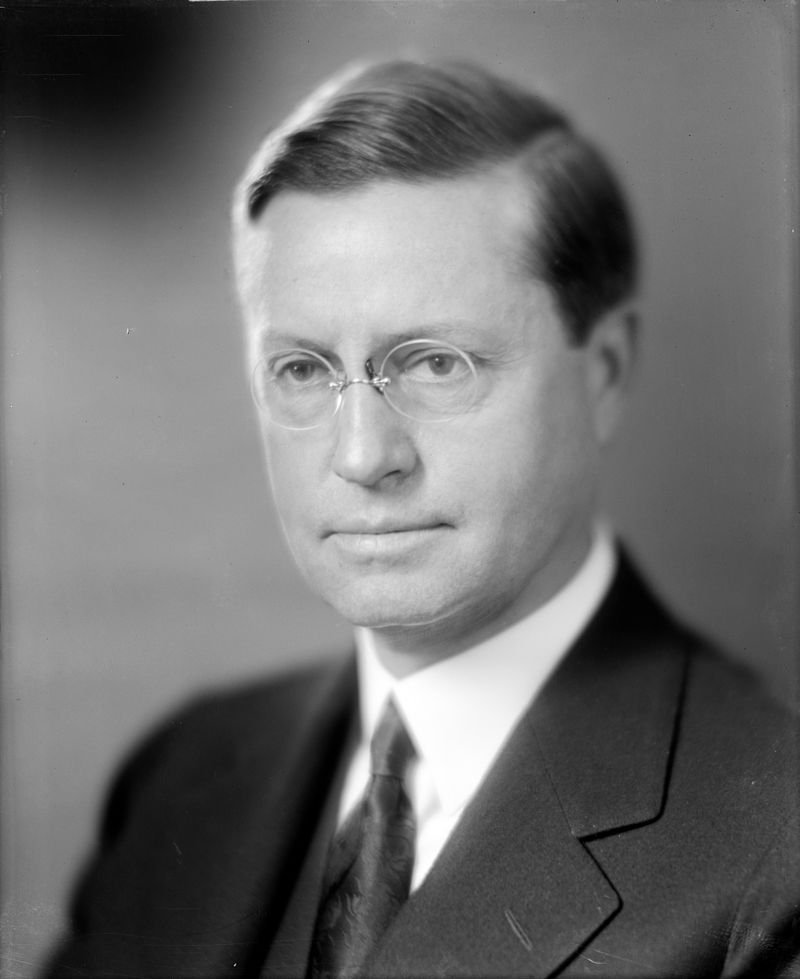 Roy D. Chapin Portrait
Roy D. Chapin Portrait
In conclusion, Chapin made automotive history when he drove a 1901 Olds to New York and later became a spokesman for American drivers, advocating for better roads. Finally, he made a great impact leading the Hudson Motor Car Company. Today, his legacy is remembered as a great automotive pioneer and leader.
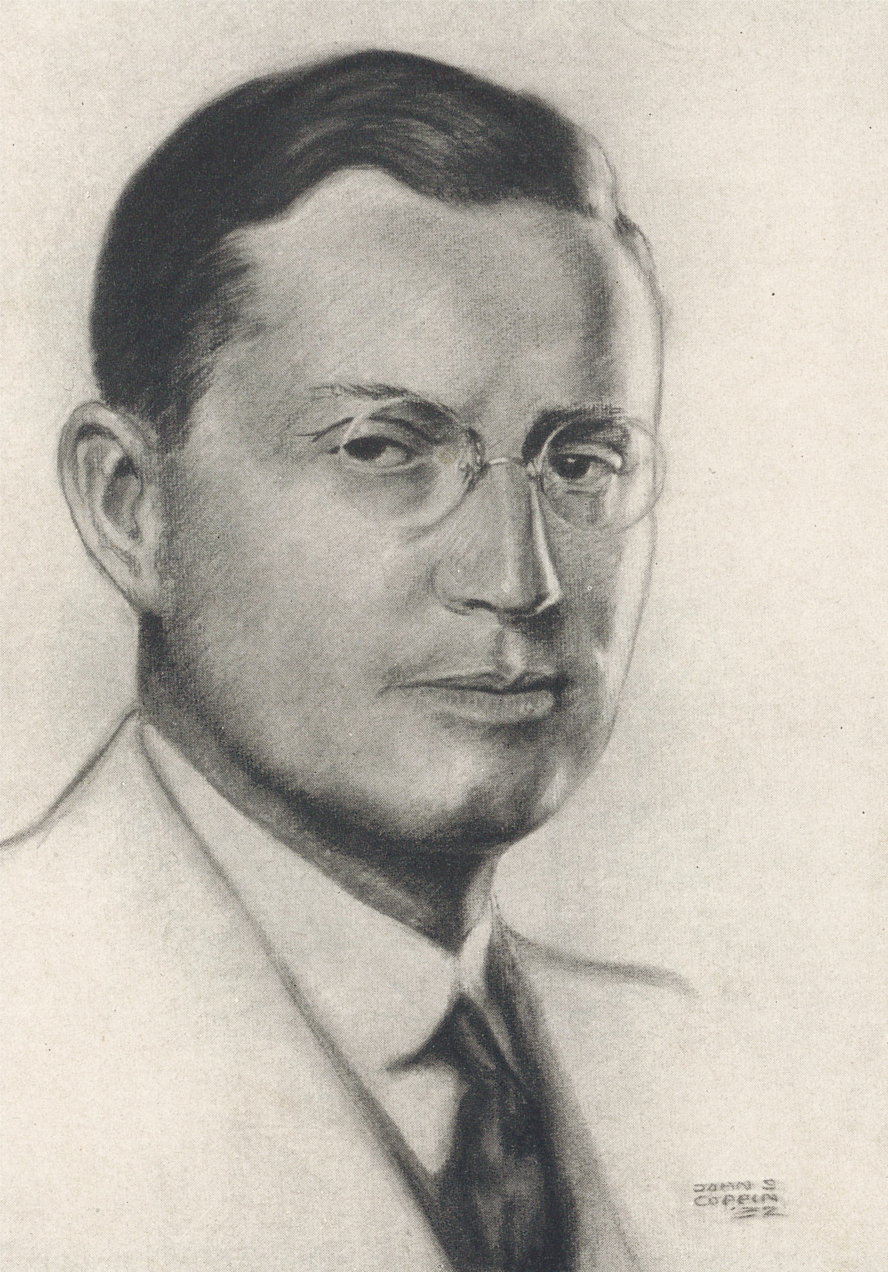 Roy D. Chapin Sr. illustration (NAHC)
Roy D. Chapin Sr. illustration (NAHC)
Bibliography
“Auto World Loses Chapin; Head of Hudson Motors Dies of Pneumonia.” The Detroit News, Monday February 17, 1936.
“Roy D. Chapin, Hoover Cabinet Member, Dies.” New York Herald Tribune, February 17, 1936.
Shaw, Len G. “An interview with Roy D. Chapin.” Transportation Plus Education Equals Civilization. April 1923. Volume III, Number 4.
Butler, Don. “The History of Hudson.” Crestline Publishing, 1982.


